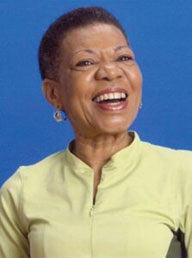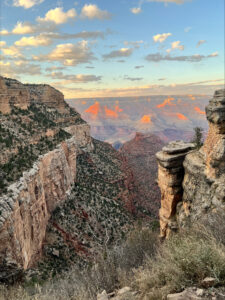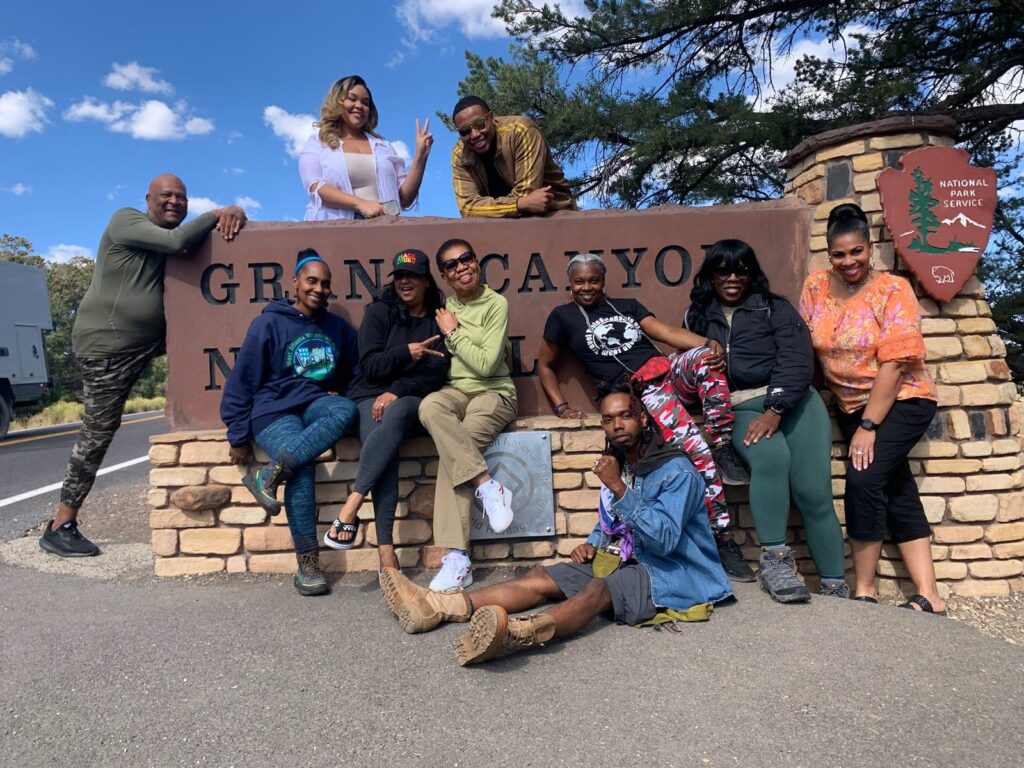
By Audrey Peterman
The Grand Canyon is one of the Seven Natural Wonders of the World, and a World Heritage Site, meaning it is equally the property of the entire family of mankind. The visual spectacle and grandeur of the canyon is matched by the repository of history it represents, dating back billions of years. To have a significant part of this natural treasure (one and a quarter million acres) placed in trust as a National Park for the benefit of the American people is a gift of great insight by our ancestors.
President Teddy Roosevelt declared it as a national monument in 1908 and said it should be kept as “one of the great sights which every American, if he can travel, should see.”

Documentarian Ken Burns, whose documentary “The National Parks: America’s Best Idea” said that if the Grand Canyon had not been made into a national park, today it might be a gated community and off limits to the majority of Americans.
With this great treasure in our midst attracting millions of visitors from around the world but few African Americans, a group of influencers that care about the environment and national parks were taken on a Transformational Tour of National Parks by members of the Diverse Environmental Leaders Speakers Bureau, October 12-14. The National Wildlife Federation’s Environmental Justice Program, the National Parks Conservation Association and the Edaren Foundation partnered with leaders of the Bureau in the effort to raise awareness of the parks in urban communities that have limited knowledge of this magical world.
“I’ve seen many pictures of the Grand Canyon, but I could never imagine it would be like this,” said David Wilson, environmental educator and “Most Outstanding Band Performer” 2014-2016 among Historically Black College and Universities Marching Bands. “Now I know I have other places to explore and things to do for recreation other than going to the beach.”
The splendor of the canyon elicited expressions of wonder as we passed through canyon country to get to various viewpoints, the most dramatic of which is the Desert View. With a vast uplift resembling a beached ship and extending into infinity as far as we could see, with the emerald and sapphire Colorado River visible far below, the awe and amazement was overwhelming. Literally we could see it but our minds could hardly compute it to be real.
“I never knew there could be people down there, but I see people walking down there with headlights,” said David Miller, publisher and member of the National Newspaper Association’s Board, mesmerized by the sight. Having traveled the world, his satisfaction of finding something so powerful and beautiful in his own backyard was palpable
At dinner at the Arizona Steakhouse with vast views of the canyon, the staff welcomed us with huge smiles. We had the privilege of dining with the park ranger in charge of community relations, who joined us on her off day. The salmon and steaks were high quality, the environment salubrious and the conversation stimulating.
Earth and sky, humans, animals and wildlife appeared to come together on this amazing weekend as the first thing we saw was a gorgeous, healthy looking Bighorn Sheep standing at the edge of the forest as we approached the canyon. It seemed an omen of good fortune which proved to be the case. As it was Indigenous People Day on Monday, October 13, the Park Service offered a series of events celebrating the indigenous origins of the park. We had the luxury of attending a Seminar presented by indigenous scholars and listened to their perspectives on how the National Park Service might become more inclusive of indigenous leadership and share management of the national parks was illuminating. They emphasized that while many groups ritualistically acknowledge the indigenous nations who were on the land long before Europeans and move on as if that’s enough, they could be much more useful advocating for the government to uphold the multiple treaties that have been broken.
“It’s like coming to someone’s house and pushing them out, sitting at their table then saying grace as if that makes it whole,” said Lyla June
It was shocking to find that the park’s Visitor Center was closed on the weekend because the park does not have enough money in the budget to afford to operate it. Besides our friend, I did not see another park ranger on Saturday. This highlights the inadequate funding that Congress allocates to the National Park Service, resulting in a decline of staff and programs. To those of us who visited this park before the reduction in programs was stark, but first timers had no clue. Thus, one realizes how our national parks can be reduced, “death by a thousand cuts” from insufficient funding to declining services to potential privatization is one possible outcome.
At this stage, it is vital that all Americans stand up for our national parks and public lands and the vital resources they contain that will support future generations, just as our ancestors specified:
As if to illustrate this point, within the space of a few hours on Sunday afternoon these magical things happened:
A Bighorn sheep ran down the steep face of the canyon, crossing the Bright Angel Trail just north of a group of hikers coming up the trail. They hugged the side and the sheep hugged his side, giving them the side-eye as he passed. He bounded onto a ledge and stood for awhile looking around, “lord of all he surveyed” before the fascinated eyes and color commentary of the mesmerized hikers.
The park ranger told us that more animals are coming up to the rim looking for water, as many of the streams in the canyon are drying up. The changing climate was evident in the abnormally high 80-degree temperatures in the canyon in mid-September.
We met with a group of Black hikers coming up the trail as we were going down, and it turned out they had hiked the entire way from the North Rim across to the South Rim in a single day, leaving at 2 a.m.! They were part of the Black People Outside Initiative on their second annual hike across the canyon. More diversity among users, employees and supporters of the parks is an exponentially good thing.
As we came over the rim, Sia Chandler was drawn to the warm lights flowing out of the wooden cabins overlooking the canyon.
“I never knew that you can rent a cabin on the edge of the Grand Canyon and stay there,” said the tour provider who has traveled widely around the world, and was runner up in the 2022 Karaoke World Competition.
To put a seal of approval upon the entire weekend, the Comet A3 blazed its way across the sky penetrating Earth’s atmosphere on its once-every-80,000-years rotation.
“What is that thing falling from the sky?” asked Charmaine Davis, an influencer through the reggae music and island food culture.
Indeed, it was a special time, and the Tour participants bonded like family. We left smiles everywhere we went. #EnvironmentalismButMakeItFun is among the campaign hashtags we came up with, reflecting the fact that caring for the environment need not be dry and staid.
The national parks have the power to unite us with our evolutionary story showcasing “our natural, cultural and historic” treasures, as the Park Services Mission Statement directs. The #TransformationalToursofNationalParks will continue to raise the profile of the parks to the public, with visits to National Historical Sites in Washington DC protecting the legacy of Benjamin Banneker; Frederick Douglass; Mary McLeod Bethune and President Abraham Lincoln.
(Audrey Peterman is an advocate for integrating national parks and using them to tell the full American story since 1995.)

